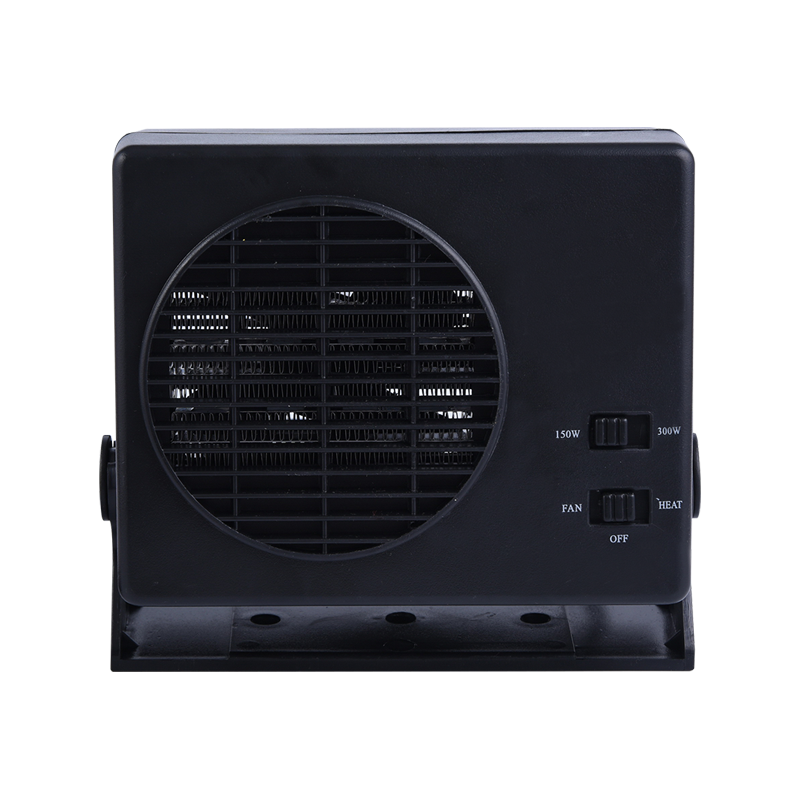When driving in winter, the warm experience in the car hides a set of sophisticated engineering systems. This article will deeply analyze the working principles of the heating systems of traditional fuel vehicles and electric vehicles, and reveal the scientific logic and technological innovation behind the heat source.
1. "Waste Heat Economy" of Internal Combustion Engines: Analysis of Traditional Warm Air Systems
When the engine is started, the coolant circulates in the high temperature range of 88-105℃, and 30%-40% of the heat it carries would be discharged into the atmosphere through the radiator. Automotive engineers cleverly used this waste heat resource and installed a miniature heat exchange device behind the dashboard - the Car Heater core.
This component, which consists of aluminum honeycomb fins and copper tubes, controls the coolant flow through a three-way valve. When the driver starts the heater:
The coolant flows through the surface of the heater core
The blower blows cold air to the high-temperature core
The air is heated by 15-25℃ through heat conduction
The mixing damper adjusts the ratio of internal and external circulation. The whole process takes only 3-5 minutes to output stable warm air, and the energy consumption only comes from the blower motor (about 150-300W), which is a model of heat recovery.
2. The heating revolution in the electric era: from energy consumption challenges to technological innovation
The heating system of electric vehicles faces severe challenges due to the lack of engine waste heat. The mainstream solutions present three major technical routes:
PTC resistance heater: heats up through ceramic elements, heats up quickly but consumes a lot of power (5kW power), which can reduce the battery life by 20%-30%
Heat pump system: using the reverse Carnot cycle principle, the energy efficiency ratio (COP) reaches 2-3, which is 60% more energy-efficient than resistance heating
Battery waste heat recovery: Tesla's patent shows that waste heat can be recovered through motor controllers and battery coolants
The CO₂ heat pump system newly developed by CATL can still maintain a COP of more than 2.0 at -30℃, and with the intelligent zoning temperature control technology, it is rewriting the rules of electric vehicles' winter battery life.
The evolution of the automotive heating system is essentially an unremitting pursuit of energy efficiency. The wisdom of traditional vehicles to achieve a waste heat conversion rate of 85%, and the innovation of electric vehicle heat pump systems that break through physical limits, jointly interpret the core philosophy of automotive engineering "to get benefits from every joule of energy". With the breakthrough of solid-state batteries and superconducting materials, the future on-board thermal management system may redefine the energy contract between humans and machines.


 English
English Português
Português عربى
عربى 中文简体
中文简体











